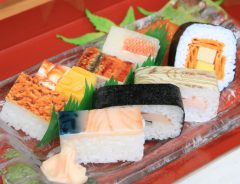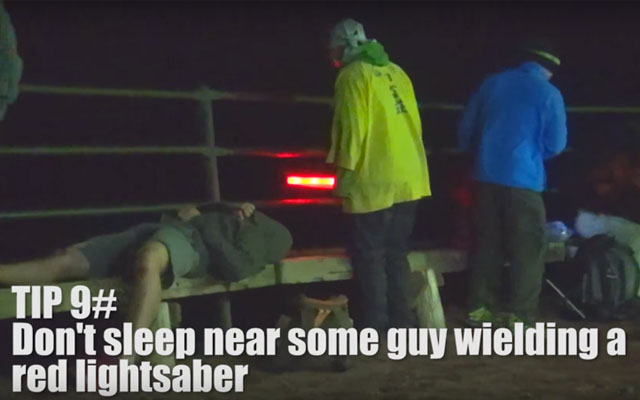Related Article
-

Never Take A Selfie Or Travel Alone Again With These Adorable Quokka Buddy Pouches
-

FamilyMart levels up melon pan with new “Salted Butter Cookie Bread”
-

Japanese Plastic Food Displays Look So Delicious
-

Rock The Sailor Moon Look This Summer With These Transformation Pen Lipsticks
-

Gundam vs. Hello Kitty Collaboration Continues With Hello Kitty Gundam And Haro Modeling Figures
-

Japanese Brand Turns Worn-Out Kimonos Into Individually Crafted Sun Umbrellas



Being able to reach the summit of Mt. Fuji has landed on numerous bucket lists from people all over the world. Chris Broad of Abroad in Japan joins his friend on a somewhat ill-planned yet hilarious journey to the top discovering tips to share with his viewers so that they can have an enjoyable experience.
Although several things went wrong during the eight-hour climb, Broad’s characteristic wit and adaptability to any situation provide an entertaining learning experience for his viewers. The climbing season in Japan is only for a few weeks during the summertime, so Mt. Fuji is packed with amateurs through seasoned climbers hoping to catch a glimpse of the sunrise from its summit. “A ridiculous amount,” according to the video.
The climb takes careful planning and a solid budget. The crew departed by bus from Shinjuku in Tokyo just after noon and they began their climb at about 4:30pm at Mt. Fuji’s 5th Station – a popular starting point for climbers. The station offers plenty of souvenirs and products to help prevent altitude sickness any hypothermia. You can even get a nice hot meal before getting into your climb.
To commemorate your climb, there are dozens of souvenirs along the way and you can even get your walking stick imprinted as you go through each of the mountain stations. If there’s room in your backpack, you can bring home some Mt. Fuji air for a reasonable (?) 1,000 yen (About $10 USD) per can.
It’s recommended that you make reservations to stop along the way for a rest and respite from the cold, especially if you have extra time. Despite Japan’s hot summers, it becomes freezing cold as you meander closer to the top. Broad explains that climbing to the top without proper rest is known as “bullet climbing” and those people are more likely to give up midway.
Be sure to check out the Abroad in Japan video to see how their climb ended up and the numerous useful tips provided along the way.